According to the National Center for Education Statistics (NCES), total enrollment in higher education institutions is projected to continue declining through 2029. Specifically, the NCES projects a decline of approximately 9% in enrollment between 2019 and 2029. However, this projection includes all types of higher education, including two-year and four-year institutions, public and private, and for-profit and nonprofit.
The NCES also projects that total enrollment in for-profit institutions will decline significantly by nearly 30% between 2019 and 2029. Conversely, enrollment in public and private nonprofit institutions is projected to increase slightly by approximately 2% and 4%, respectively. This means for-profit institutions have declined enrollment for several years and will continue to face significant challenges.
Another trend to consider is the projected demographic changes in the student population. The NCES projects that the population of traditional college-age students (18-24 years old) will decline by approximately 4% between 2018 and 2029. Meanwhile, the population of students aged 25-34 is projected to increase by approximately 7%. This means that institutions may need to focus more on meeting the unique needs of adult learners rather than traditional students.
One way to respond to changing enrollment patterns is to diversify the types of programs and services offered. For example, offering online degree programs can expand your institution’s reach and appeal to adult learners who cannot attend in-person classes. Additionally, providing support services such as career counseling and job placement assistance can help attract students looking for practical outcomes after graduation.
Finally, it’s important to remember that projections are not set in stone. Your institution can take proactive steps to shape its future and differentiate itself from competitors. By staying on top of enrollment trends, understanding your institution’s unique value proposition, and providing excellent programs and services that meet the evolving needs of your student population, you can help your institution thrive in the years ahead.
Projected enrollments in higher education provide valuable information that can help institutions prepare for future changes. While overall enrollment is projected to decline, there are opportunities for institutions to grow and attract new student populations by diversifying their offerings and responding to changing demographics. By taking proactive steps to differentiate your institution and meet the unique needs of your students, you can remain ahead of the curve and ensure long-term success.




